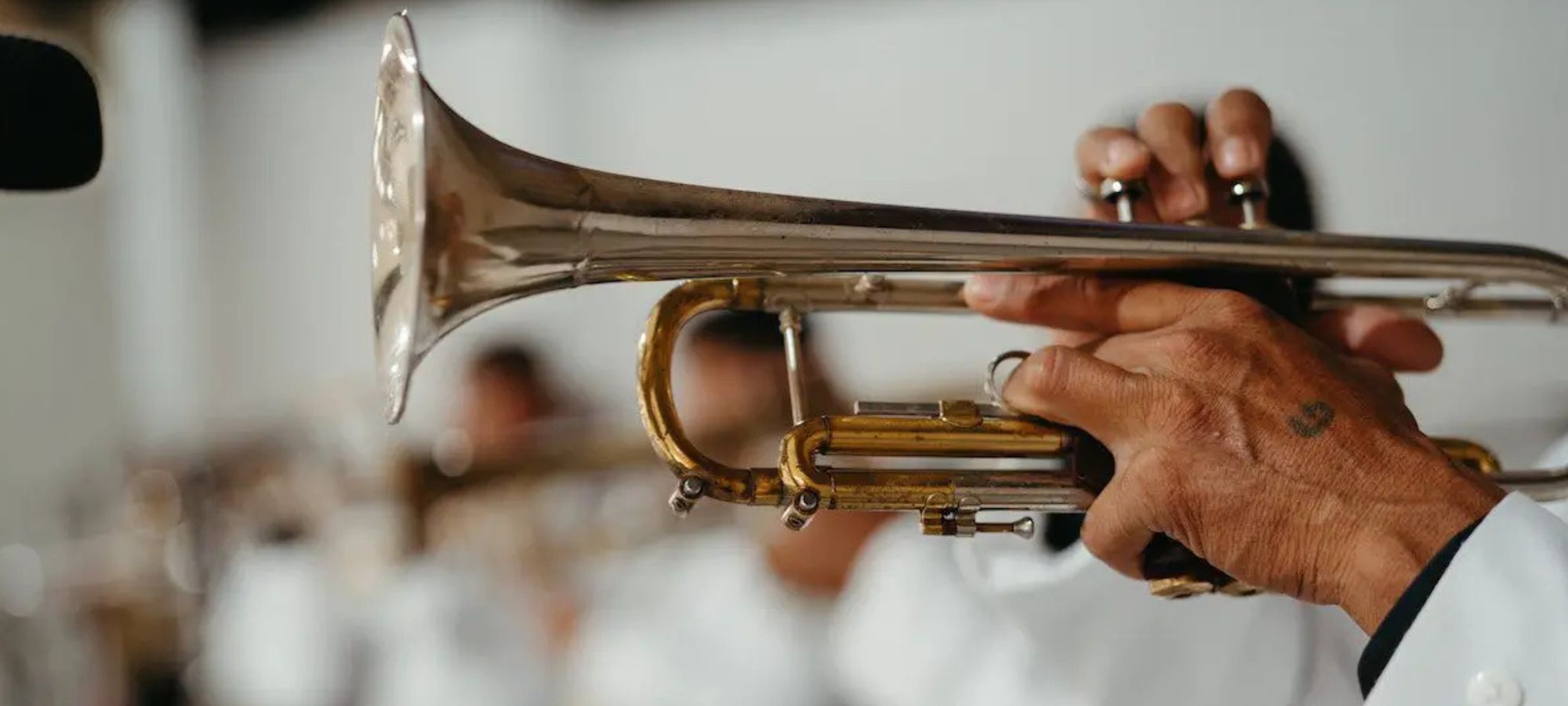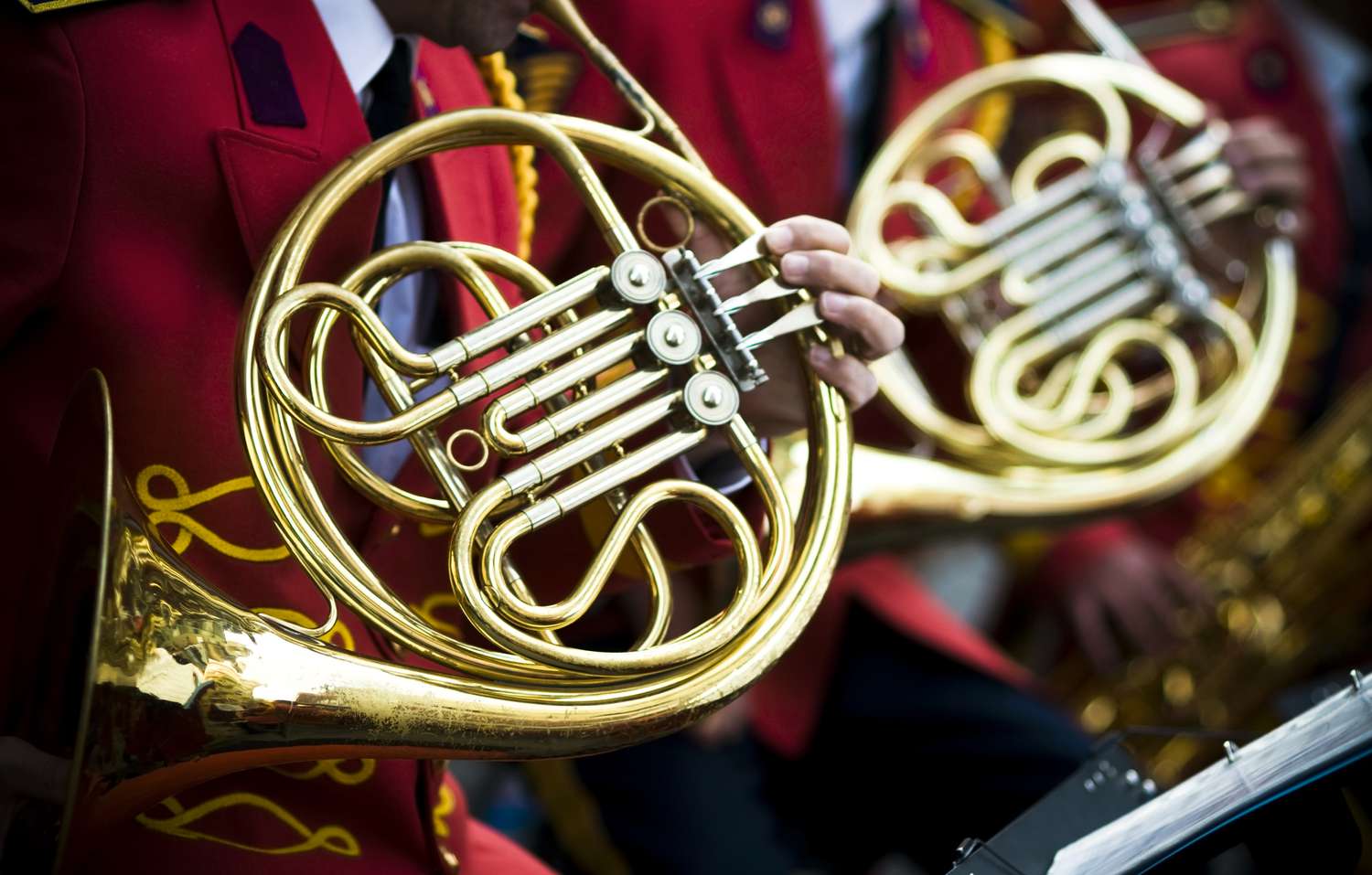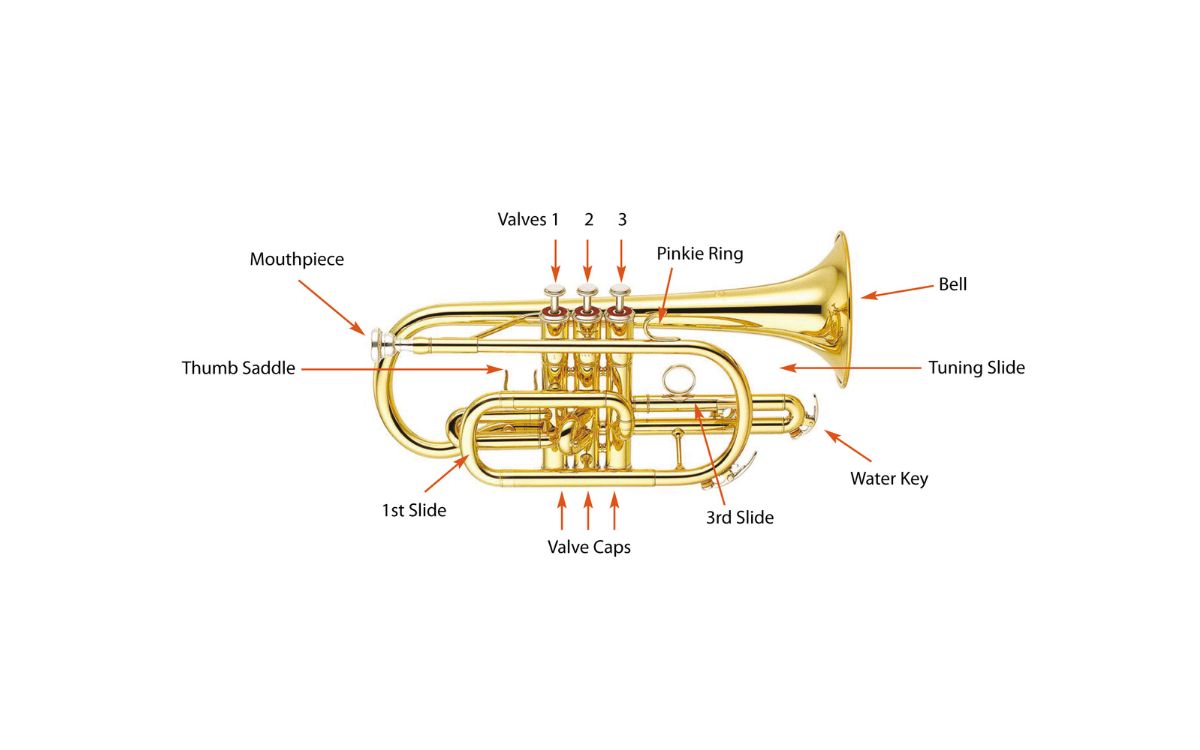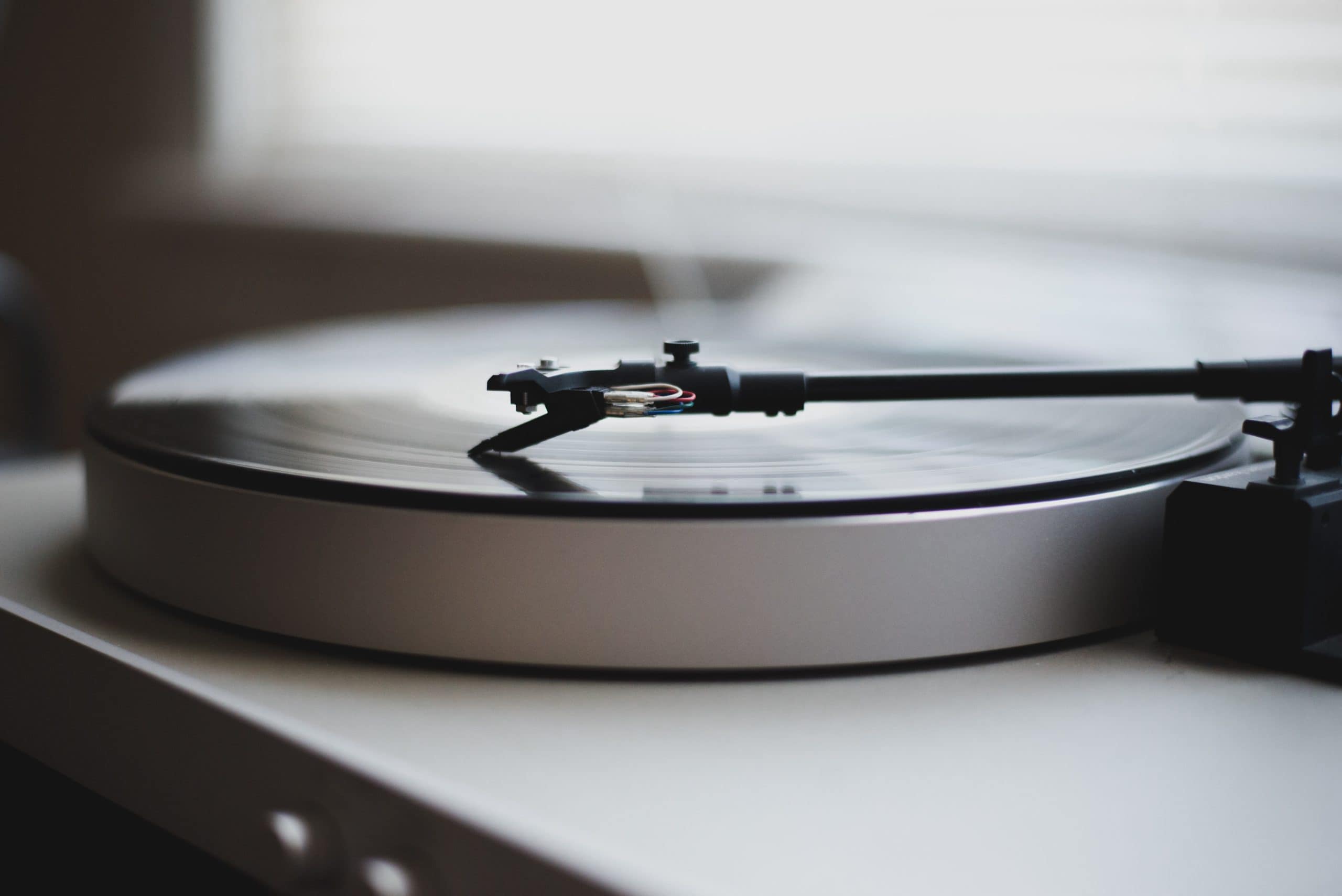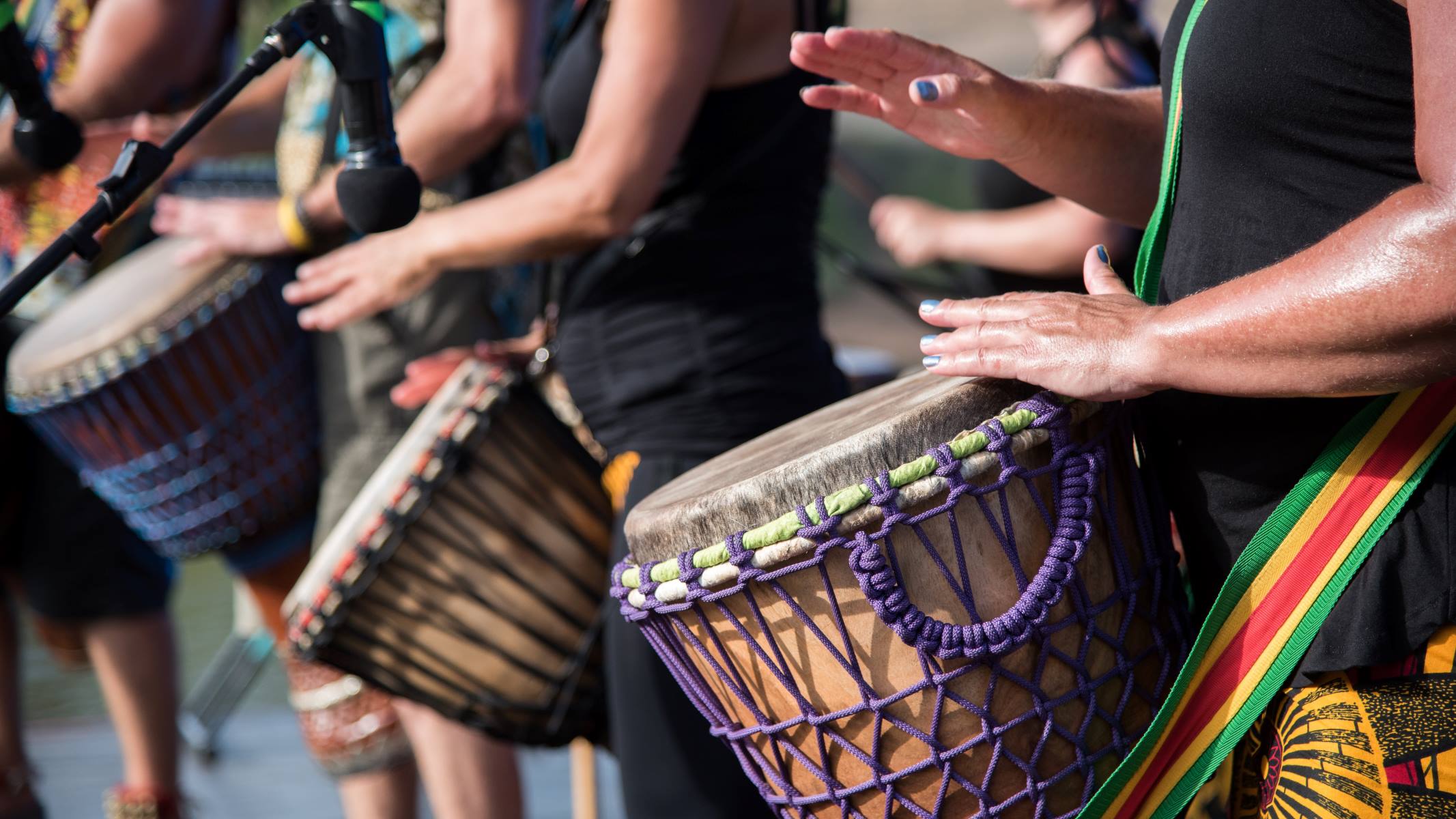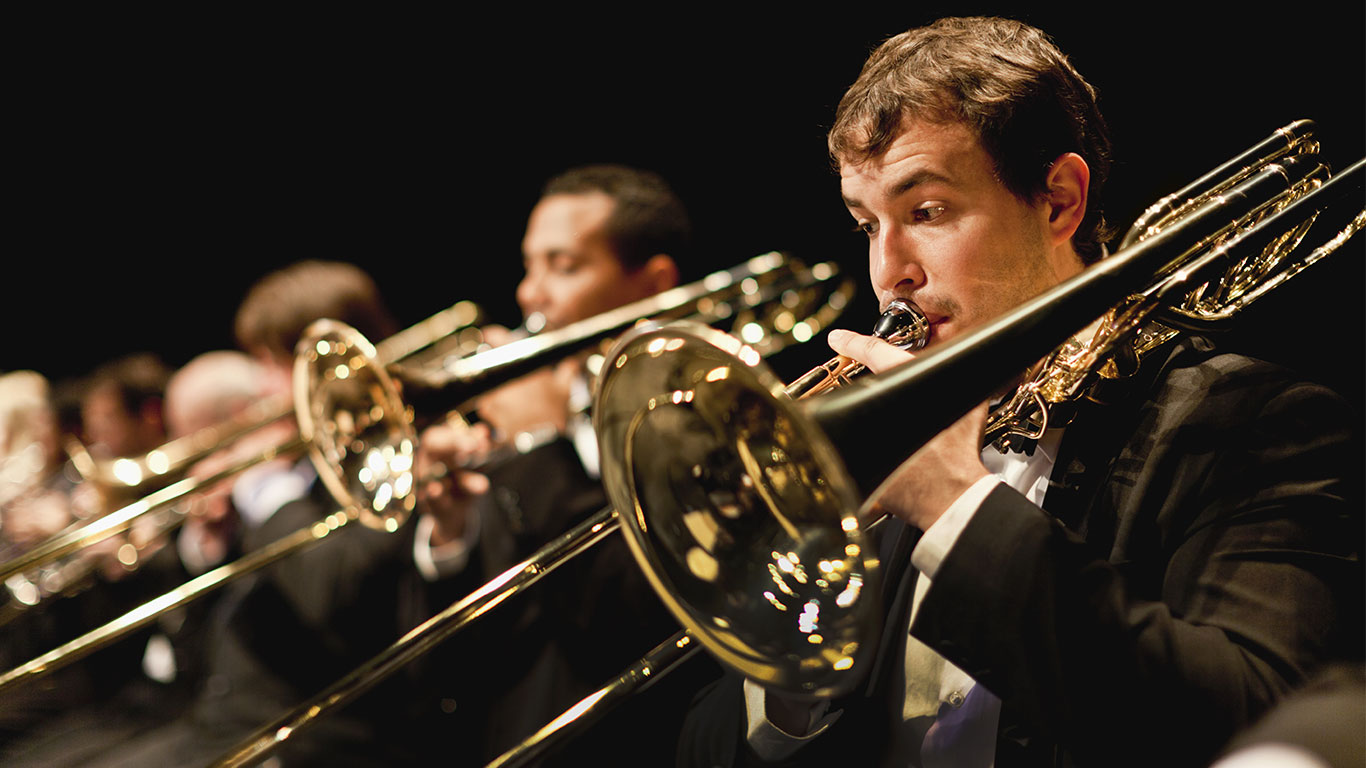Home>Instruments>Brass Instruments>Why Do Brass Instruments Have So Many Curves And Twists?
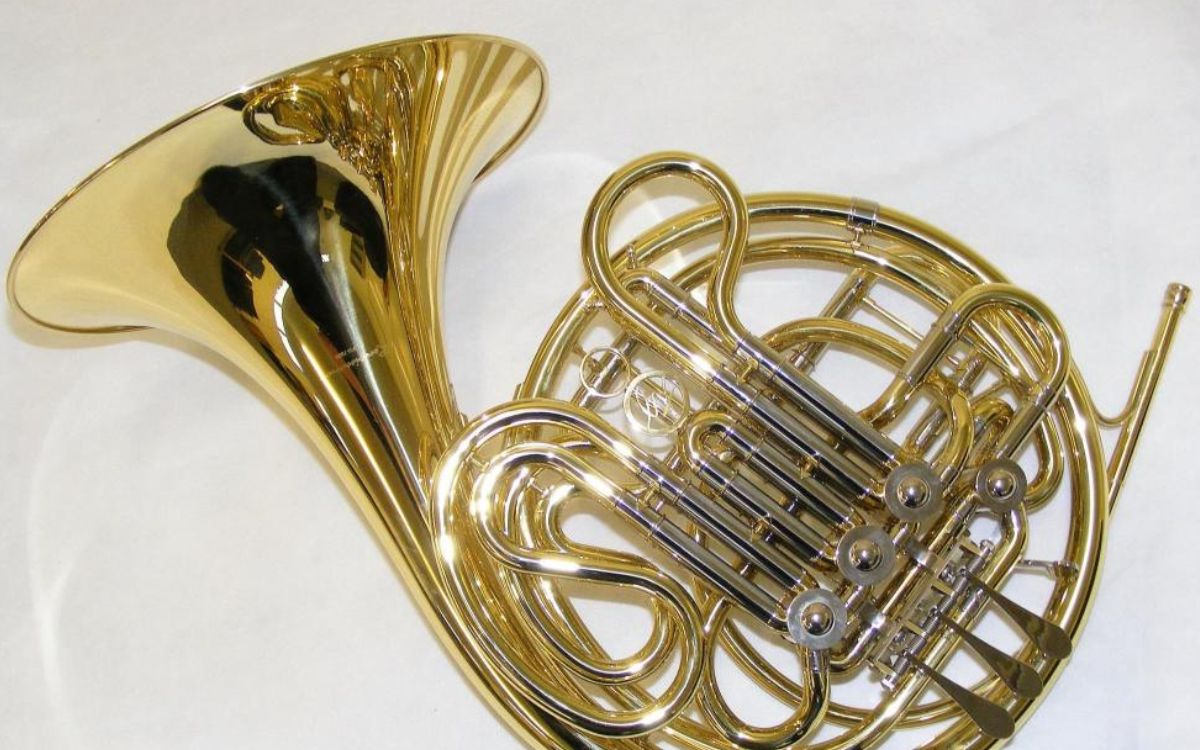

Brass Instruments
Why Do Brass Instruments Have So Many Curves And Twists?
Modified: January 22, 2024
Discover the reason behind the numerous curves and twists in brass instruments and how they enhance sound production. Explore the fascinating world of brass instruments today!
(Many of the links in this article redirect to a specific reviewed product. Your purchase of these products through affiliate links helps to generate commission for AudioLover.com, at no extra cost. Learn more)
Table of Contents
Introduction
Brass instruments have long been a staple in various musical genres, from classical orchestras to jazz ensembles. Their distinctive sound and versatile range have captured the hearts of musicians and audiences alike. But have you ever wondered why these instruments are built with so many curves and twists?
When you observe a trumpet, trombone, or French horn, it’s hard not to notice the intricate tubing that twists and turns throughout the instrument. These curves and twists serve a vital purpose in the design and function of brass instruments, and they have a significant impact on the sound production and performance capabilities of these instruments.
In this article, we will delve into the historical development of brass instruments, explore the acoustic principles that govern their sound production, and uncover the purpose and benefits of the curves and twists found in brass instruments. So, get ready to uncover the secrets behind these fascinating instruments and gain a deeper appreciation for the craftsmanship and engineering that goes into their design.
But before we dive into the specifics, let’s take a step back and explore the historical journey of brass instruments.
Historical Development of Brass Instruments
The history of brass instruments stretches back centuries, with evidence of early prototypes dating as far back as ancient civilizations. However, it wasn’t until the Middle Ages that brass instruments began to evolve into their modern forms.
During the Renaissance period, brass instruments experienced a surge in popularity and innovation. Trumpets and trombones became prominent in royal courts and religious ceremonies, with skilled craftsmen perfecting the art of instrument making.
Over time, advancements in metallurgy and instrument manufacturing techniques led to the development of new brass instruments. The addition of valves in the 19th century revolutionized brass instrument design, enabling musicians to produce a wider range of tones and play more complex musical passages.
As brass instruments evolved, so too did their shapes and structures. Instrument makers began experimenting with different tubing layouts, incorporating curves and twists into the design to optimize performance and enhance the sound quality.
By understanding the historical development of brass instruments, we gain a deeper appreciation for the significance of the curves and twists found in their design. These design elements were not haphazardly added but rather the result of centuries of musical evolution and an ongoing quest to perfect the instruments’ sound and playability.
The Acoustic Principles of Brass Instruments
Understanding the acoustic principles that govern the sound production of brass instruments is essential to grasp the significance of the curves and twists in their design. Brass instruments are classified as “lip-vibrated aerophones,” meaning that sound is produced by a musician buzzing their lips into a mouthpiece, creating vibrations that resonate within the instrument.
When the musician blows air through the instrument, the vibrating lips create sound waves that travel down the tubing. The length and shape of the tubing determine the pitch and timbre of the sound produced. The frequency of the sound waves is directly related to the length of the vibrating air column, with longer tubes producing lower pitches and shorter tubes producing higher pitches.
The curves and twists found in brass instruments serve two main acoustic purposes:
- Expanded Resonating Chamber: The curves and twists in the tubing increase the overall length of the air column within the instrument. This extended length allows for the production of lower pitches and enhances the resonance and richness of the sound. By increasing the size of the resonating chamber, the instrument can produce a broader range of tones and project sound more effectively.
- Equalization of Resistance: Brass instruments have a cylindrical bore, which means that the diameter of the tubing remains relatively constant throughout. However, the curves and twists in the design help to equalize the resistance along the length of the instrument. This equalization ensures that each note across the instrument’s range requires a similar amount of air pressure, resulting in a more balanced and responsive playing experience.
The intricate design of brass instruments, with its curved and twisted tubing, allows for greater control over the instrument’s tonal qualities and enhances the expressiveness and versatility of the musician’s performance.
Purpose of Curves and Twists in Brass Instruments
The curves and twists in brass instruments serve a crucial purpose in their design and playability. These design elements impact various aspects of the instrument’s performance and sound production. Let’s explore the primary purposes of these curves and twists:
- Pitch Control: The length of the tubing in a brass instrument directly affects the pitch of the notes produced. By incorporating curves and twists, instrument makers can manipulate the overall length of the air column, allowing for precise pitch control. This enables musicians to play a wide range of notes and achieve accurate intonation.
- Improved Ergonomics: The curves and twists in brass instruments are also designed with ergonomics in mind. They enable musicians to hold and maneuver the instrument comfortably, facilitating efficient breath control and embouchure formation. The placement of the curves and twists allows for a natural hand and arm position, reducing strain and enhancing the player’s overall technique.
- Enhanced Sound Projection: The curves and twists in the tubing of a brass instrument contribute to better sound projection. As sound waves travel through the instrument, the curves and twists help to break up and distribute the vibrations more evenly. This results in a more resonant and vibrant sound that can carry over long distances, making brass instruments suitable for larger performance venues.
- Noise Reduction: Brass instruments, especially those with valves, can produce unwanted noise and turbulence within the tubing. The strategic placement of curves and twists helps minimize these vibrations, reducing the disruption to the airflow and producing a smoother and cleaner sound.
- Aesthetic Appeal: While the functional aspects of curves and twists are of utmost importance, they also contribute to the aesthetic appeal of brass instruments. The elegant and intricate design of the tubing adds visual interest and showcases the craftsmanship and artistry involved in instrument making.
Overall, the curves and twists in brass instruments play a crucial role in pitch control, ergonomics, sound projection, noise reduction, and aesthetic appeal. These design elements are meticulously crafted to enhance the playability, versatility, and overall musical experience for both the musician and the listener.
Benefits of Curves and Twists in Brass Instruments
The curves and twists found in brass instruments offer a multitude of benefits that contribute to their overall performance and sound quality. Let’s explore some of the key advantages of these design elements:
- Expanded Range: The inclusion of curves and twists in brass instruments allows for an expanded range of notes. By manipulating the length of the tubing, musicians can achieve lower pitches and access higher registers not possible with a straight tube. This versatility enables brass players to tackle a wide range of musical compositions and genres.
- Improved Intonation: The careful placement of curves and twists contributes to improved intonation. It helps musicians achieve more accurate pitch control and facilitates better tuning throughout the instrument’s range. This ensures that the instrument blends seamlessly with other instruments in an ensemble or orchestra.
- Enhanced Sound Quality: The curves and twists in the tubing of brass instruments contribute to a richer and more resonant sound. By expanding the resonating chamber and equalizing resistance, these design elements allow for a more balanced and vibrant tone. This results in a more expressive and nuanced sound that captures the listener’s attention.
- Increased Control and Articulation: The ergonomic design of curves and twists makes it easier for musicians to control the instrument and articulate musical passages with precision. The natural hand and arm position facilitated by these design elements enable better breath control, embouchure formation, and finger movement. This translates to greater technical proficiency and expressiveness in performance.
- Improved Projection and Projection: The strategic placement of curves and twists helps enhance the projection and resonance of brass instruments. These design elements allow for better sound dispersion and a more focused sound projection, ensuring that the instrument’s sound carries well across larger performance venues and reaches the ears of the audience with clarity.
- Reduced Air Resistance: The curves and twists in the tubing minimize air resistance, allowing for smoother airflow. This results in improved efficiency, enabling the musician to create a powerful sound with less effort. It also allows for faster response and agility in executing rapid musical passages.
From expanding the range and improving intonation to enhancing sound quality and control, the curves and twists in brass instruments offer numerous benefits. These design elements play a critical role in shaping the overall performance capabilities and musicality of brass instruments, making them indispensable to musicians around the world.
Specific Curves and Twists Found in Different Brass Instruments
While the general concept of incorporating curves and twists applies to all brass instruments, each type of instrument has its own unique design elements that contribute to its distinctive sound and playability. Let’s explore the specific curves and twists found in some popular brass instruments:
- Trumpet: The trumpet features a cylindrical tubing design with various curves and bends. It typically has a shallow S-shaped bend near the mouthpiece for ergonomic positioning. The tubing then curves into a tighter loop called the crook, leading to the main tubing that extends towards the bell. These curves allow for better control, improved intonation, and enhanced sound projection.
- Trombone: The trombone is characterized by its sliding mechanism and unique tubing layout. It features a large U-shaped bend near the mouthpiece, known as the gooseneck, which leads into the slide receiver. The slide itself consists of two parallel tubes with curves that allow for the extension and retraction of the instrument. These curves enable the musician to change the length of the tubing, producing a smooth glissando and precise pitch control.
- French Horn: The French horn is renowned for its coiled tubing configuration. It starts with a conical shape near the mouthpiece and gradually transitions into a series of small and large loops. These loops, known as the “rotors,” act as a valve mechanism, allowing the musician to change the pitch by redirecting the airflow through different sections of the tubing. The complex curves and twists of the French horn contribute to its unique tonal qualities and its ability to produce expressive and lyrical melodies.
- Tuba: The tuba often has a large, circular shape with multiple loops and twists. It typically incorporates a U-shaped bend near the mouthpiece, leading into a series of gradually expanding coils. The curves in the tubing distribute the airflow more evenly, resulting in a rich and resonant sound. The size and shape of the tuba’s curves also contribute to its deep and powerful bass sound.
These are just a few examples of the specific curves and twists found in different brass instruments. Each instrument’s design is meticulously crafted to optimize its unique performance characteristics, ensuring the best possible sound quality, playability, and musical expression.
Conclusion
The curves and twists found in brass instruments serve a vital purpose in their design and functionality. They contribute to the overall performance, sound quality, and playability of these instruments. From expanding the range and improving intonation to enhancing sound projection and control, these design elements play a crucial role in shaping the musical experience.
Throughout history, brass instrument makers have continuously refined and perfected the incorporation of curves and twists in their designs. These design elements are carefully crafted to optimize pitch control, ergonomics, sound projection, noise reduction, and aesthetic appeal.
By understanding the historical development and acoustic principles of brass instruments, we can appreciate the significance of the curves and twists in their design. These elements are not arbitrary; they are the result of centuries of innovation and a relentless pursuit of perfecting the instruments’ sound and playability.
Whether it’s the S-shaped bend of a trumpet, the looping curves of a trombone, the coiled tubing of a French horn, or the large loops of a tuba, each brass instrument possesses its own distinctive design elements. These unique curves and twists contribute to the instrument’s individual character and sound.
So the next time you listen to a brass ensemble or witness a soloist perform on a trumpet or trombone, take a moment to appreciate the craftsmanship and engineering behind the instrument’s curves and twists. These design elements are not merely aesthetic but are essential components that shape the music we love.
Brass instruments continue to captivate us with their vibrant and expressive sound, and the curves and twists found within them play an undeniable role in their enduring popularity and timeless appeal.

